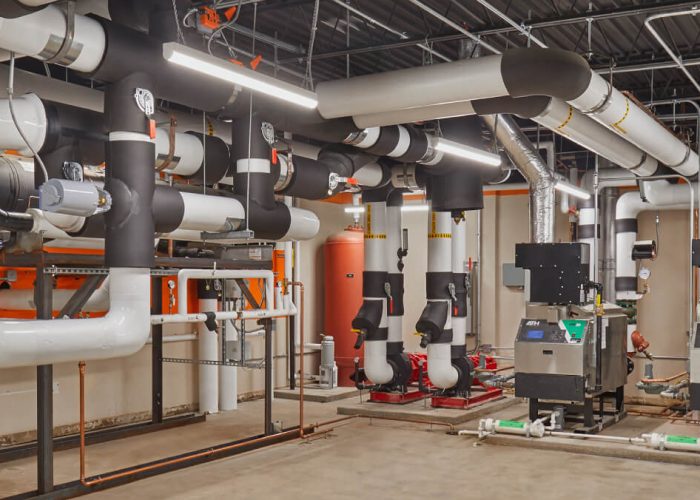HVAC Recommendations for School Closures
May 26, 2020

This is an uncertain time for school districts. Schools must adapt their HVAC system operations to protect the health and safety of their employees, staff, and students. Follow these unoccupied building HVAC recommendations in the event of a school closure due to COVID-19.
Closed buildings present an opportunity to save on utility costs. However, buildings that are not in use but remain in constant occupied mode cause high humidity and mold issues. The risk is that your school district will spend money unnecessarily on additional energy and create a mold problem you are trying to avoid.
To save energy and prevent mold during building closure this summer, we recommend implementing your normal extended break or holiday schedule:

Follow these three steps to confirm your HVAC system and equipment are in good working order:
Check your building automation systems for alarms, overridden points, or locked points:
If building access IS PERMITTED, walk through each facility to check for:
Audit utility bills for signs of billing errors or indications of leaks or faulty meters if you experience unusual energy consumption.
If you are a current client of Performance Services, please login to the Client Portal to report any issues or concerns.
Information and recommendations regarding COVID-19 are continually evolving, as are the science, technology, and procedures for combating the virus. Performance Services will take reasonable efforts to make recommendations consistent with accepted industry, scientific and/or governmental standards in place at the time of such recommendations. However, Performance Services disclaims any and all liability with respect to COVID-19, including, but not limited to, damages, costs and/or expenses related to any exposure to, contraction and/or spread of the virus.
